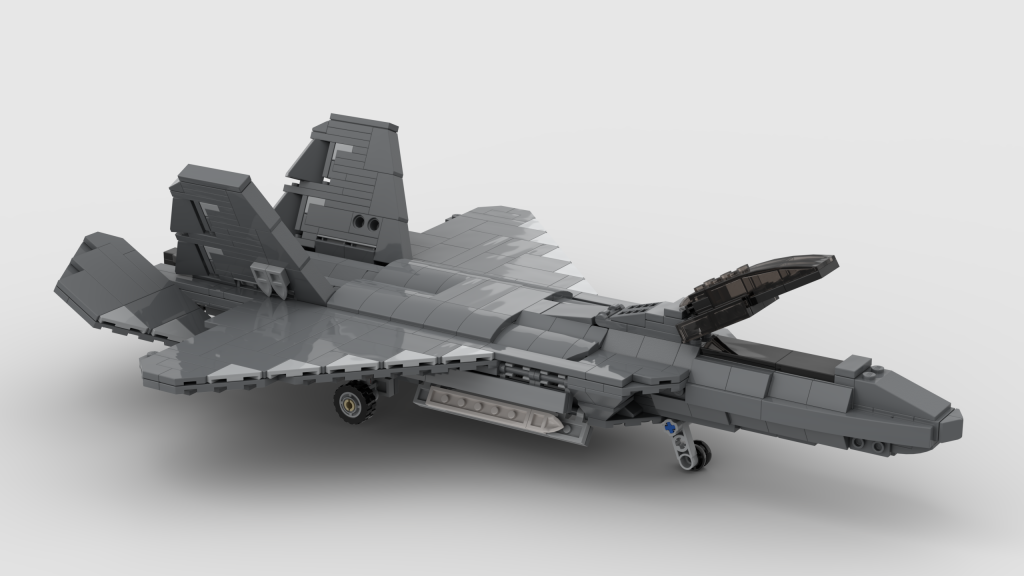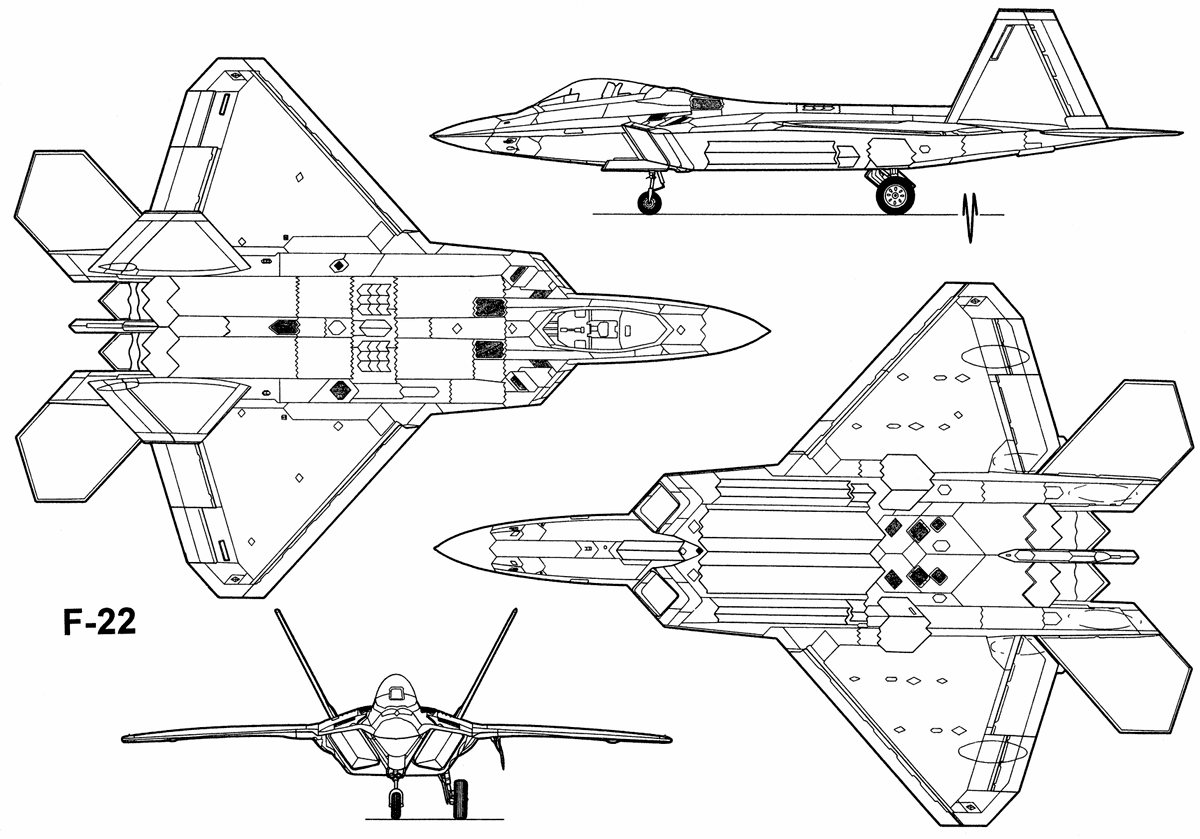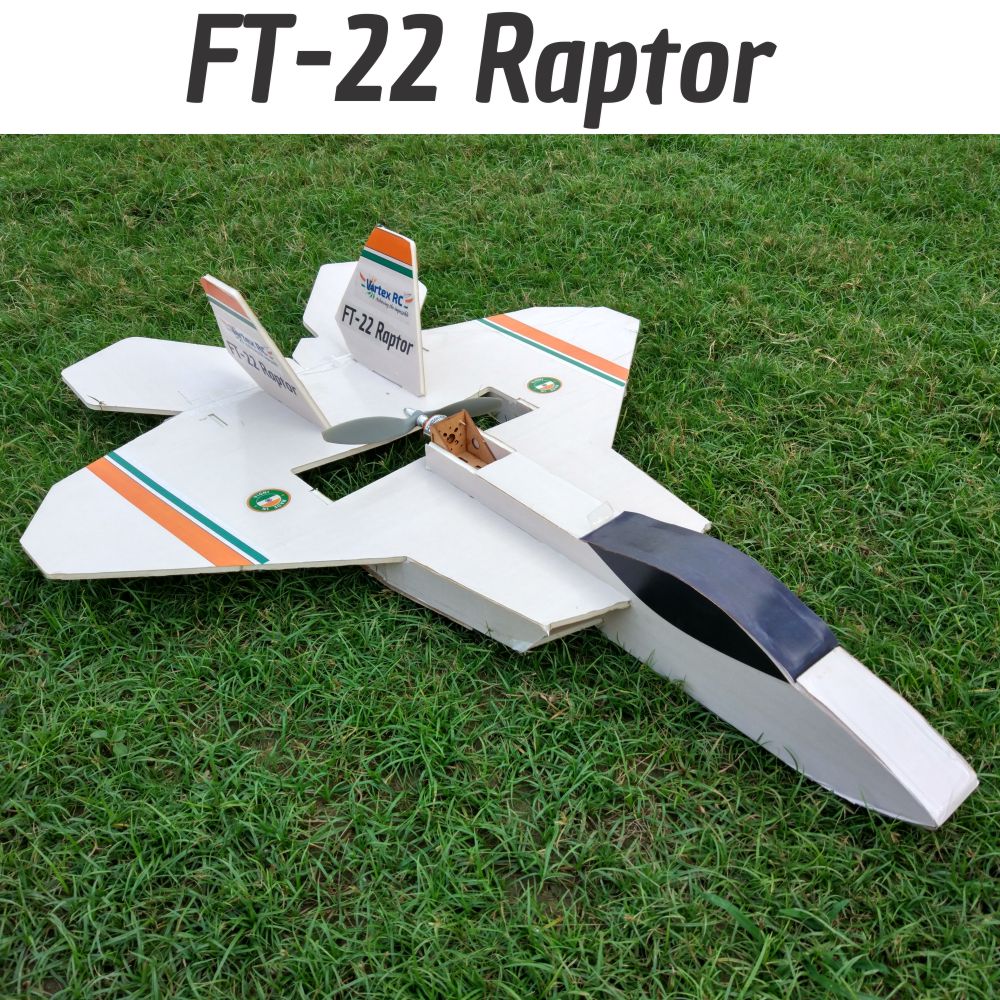
For example, Lockheed Martin has applied the term "fifth generation" to its F-22 and F-35 aircraft, but this has been challenged by its competitors Eurofighter GmbH and Boeing IDS. The exact criteria for the various generation steps are not universally agreed and are subject to some controversy. Although details differ, the basic classification into five generations has since been widely adopted. In 2004, Aerospaceweb listed one such division into five generations.


This effectively condensed the previous classifications to three generations. In the 1990s, a different division came into use in Russia, where a "fifth generation" fighter was proposed as a counter to the Lockheed Martin F-22 Raptor, while a preceding fourth generation filled in the gap since the F-15/16 era. A NASA web publication divides jet development into five stages pioneer (straight wing), swept wing, transonic, 1960s and 1970s on, culminating in types such as the F-15, F-16 and AV-8A. Taylor and Guilmartin name four subsonic, transonic, supersonic and Mach 2, and add a fifth "new" generation with multimission capability and culminating in types such as the F-16 and MiG-29.

Other schemes comprising five generations up to around the same period have since been described, although the demarcation lines between generations differ. Hallion proposed a classification of jet fighters into six generations up to that time.


 0 kommentar(er)
0 kommentar(er)
